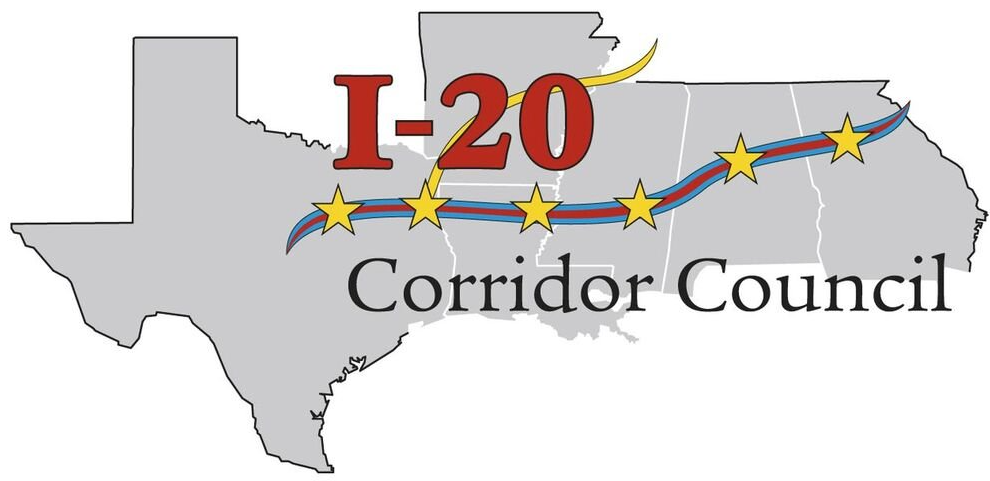CAPACITY STUDY
The Capacity Study for Determining Capital Expenditures
Once Amtrak determined that the route proposed by the Council was economically feasible without annual ongoing state subsidies, work commenced on a capacity study to determine the nature of capital expenditures that would allow the host railroads, being the Trinity River Express, the Union Pacific, and Kansas City Southern from west to east, to continue their operation and also allow for the proposed passenger rail service.
Except for the Northeast Corridor, all of Amtrak’s operations are conducted over trackage owned by the host railroads, being the respective freight railroads including the two referenced above. Typically, the host railroads require contributions to enhance their infrastructure so as to allow for the additional capacity required for the operation of additional traffic, in this case, passenger rail, over the tracks that they own. This was envisioned by the creation of Amtrak in 1971 when Amtrak was created by an act of Congress, and provided for Amtrak’s exclusive franchise for passenger rail service nationwide. By law, passenger rail is to take precedence over freight traffic since the host railroads would no longer be required to operate passenger rail service over the trackage, which would be borne by Amtrak.
The capacity study was funded by a grant that the Council obtained, with the assistance of Senator Kay Bailey Hutchison, and has been coordinated by the Council, the Texas Department of Transportation, the Texas Transportation Institute, the New Orleans Transportation Institute, the Mississippi State University, and HNTB Engineering, in cooperation with the Federal Railway Administration.
The study reflects that some $82,000,000 will be required to pay for increased siding within the three states, with some additional $7,500,000 to be the costs of additional passenger terminal facilities within the states of Louisiana and Mississippi. This siding would be sufficient to enhance the flow of traffic on existing rails, so as to not adversely impact the host carrier’s freight movements.
Unfortunately, two host carriers chose not to participate in the study. Local, state, and federal officials will now be required to encourage the host carriers to negotiate with Amtrak, the respective state departments of transportation, the Federal Railway Administration, and the Corridor Council in order to determine the final numbers for capital expenditure so as to make east-west passenger rail a reality across the southern United States.
We have received final comments from the FRA regarding the capacity study, and this study is available on the Corridor’s website below. Going forward, the Corridor Council intends to encourage Amtrak, the host carriers, TXDOT, and the FRA to work together in a collaborative effort to bring passenger rail travel to the region. This will be an economic development boon for the three-state area, will be profitable for Amtrak, and will see the host carrier’s capacity expand so as to promote freight and new passenger rail service to our region and increase connectivity to the national system.
Local officials are urged to contact their state and federal officials and strongly encourage their efforts to re-establish this service. With the increased vehicular traffic on the Interstate 20 highway projected, it just makes economic sense to establish transportation alternatives like passenger rail service in order to accommodate this increased vehicular traffic.
